Related Research Articles
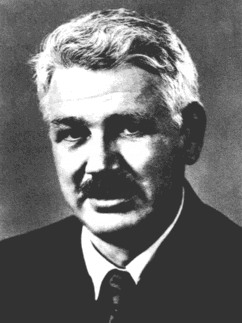
Carleton Stevens Coon was an American anthropologist. A professor of anthropology at the University of Pennsylvania, lecturer and professor at Harvard University, he was president of the American Association of Physical Anthropologists. Coon's theories on race were widely disputed in his lifetime and are considered pseudoscientific in modern anthropology.

Earnest Albert Hooton was an American physical anthropologist known for his work on racial classification and his popular writings such as the book Up From The Ape. Hooton sat on the Committee on the Negro, a group that "focused on the anatomy of blacks and reflected the racism of the time."
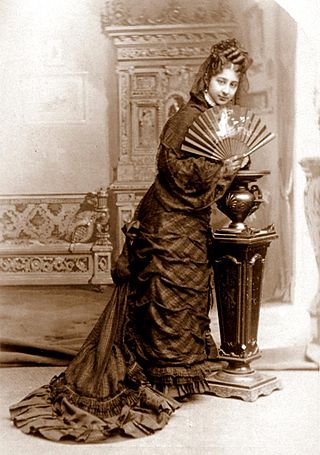
Zelia Maria Magdalena Nuttall was an American archaeologist and anthropologist who specialised in pre-Aztec Mexican cultures and pre-Columbian manuscripts. She discovered two forgotten manuscripts of this type in private collections, one of them being the Codex Zouche-Nuttall. She decoded the Aztec calendar stone and was one of the first to identify and recognise artefacts dating back to the pre-Aztec period.
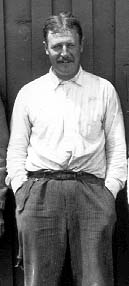
Alfred Vincent Kidder was an American archaeologist considered the foremost of the southwestern United States and Mesoamerica during the first half of the 20th century. He saw a disciplined system of archaeological techniques as a means to extend the principles of anthropology into the prehistoric past and so was the originator of the first comprehensive, systematic approach to North American archaeology.
Henry Field was an American anthropologist and archaeologist.

Frederic Ward Putnam was an American anthropologist and biologist.
Solon Toothaker Kimball was a noted educator and anthropologist. Kimball was born and raised in Manhattan, Kansas. He graduated from Kansas State University in 1930, then received a master's degree and Ph.D. in social anthropology from Harvard in 1933 and 1936.
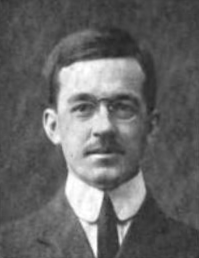
Alfred Marston Tozzer was an American anthropologist, archaeologist, linguist, and educator. His principal area of interest was Mesoamerican, especially Maya, studies. He was the husband of Margaret Castle Tozzer and father of figure skating champion Joan Tozzer.

Tozzer Library is Harvard Library's primary source for all subfields of anthropology and archaeology. With over 250,000 volumes, Tozzer is home to one of the largest and most comprehensive anthropology and archaeology collections worldwide. The anthropology collections cover a wide span of regions across the globe, while the archaeology collections also range worldwide but focus heavily on archaeology of the Americas.

Harry Lionel Shapiro was an American anthropologist and eugenicist.
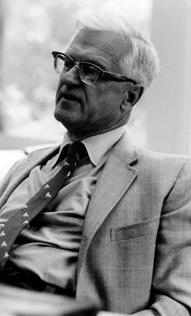
Sherwood Larned Washburn, nicknamed "Sherry", was an American physical anthropologist, and "a legend in the field." He was pioneer in the field of primatology, opening it to the study of primates in their natural habitats. His research and influence in the comparative analysis of primate behaviors to theories of human origins established a new course of study within the field of human evolution. He changed the field of anthropology with the publication of his paper The New Physical Anthropology, in 1951, in which he argued, convincingly, that human variation was continuous, and could not be broken up into discontinuous races.

John Otis Brew, was an American archaeologist of the American Southwest and director at the Peabody Museum at Harvard University. Many of his publications are still used today by archaeologists that conduct their work in the American Southwest. J.O. Brew was a titan in the world of archaeology for his attempts to "preserve our archaeological heritage".
Anthropological Literature (AL) is an online database of citations to journal articles and articles in edited volumes and symposia held by the Tozzer Library (previously the Peabody Museum of Archaeology and Ethnology), the anthropology library at Harvard University, Cambridge, Massachusetts.

The Robert S. Peabody Institute of Archaeology, formerly known as the Robert S. Peabody Museum of Archaeology, is a learning center and archaeological collection in Andover, Massachusetts. Founded in 1901 through a bequest from Robert Singleton Peabody, 1857 Phillips Academy alumnus, the institute initially held the archaeological materials collected by Peabody from Native American cultures. Peabody's passionate interest in archaeology led him to create the institute at Phillips Academy to encourage young people's interest in the sciences, and to foster respect and appreciation for the Native American peoples who have inhabited that hemisphere for thousands of years.

Caroline Stewart Bond Day was an American physical anthropologist, author, and educator. She was one of the first African-Americans to receive a degree in anthropology.
Conrad Maynadier Arensberg was an American anthropologist and scholar.
George W. Schwab (1876–1955) was a Presbyterian minister and a missionary. He and his wife Jewel Huester Schwab were appointed to the West Africa Mission in 1905. He also did scientific work in the fields of anthropology and zoology.

Vladimir Markotic was a Croatian-American anthropologist, archaeologist and cryptozoologist.
Edward Eyre Hunt Jr. was an American physical anthropologist and human biologist. He did bachelor's, master's and a Ph.D. from the Harvard University in 1942, 1949 and 1951, respectively. He worked at several academic institutions including the Harvard University, City University of New York, Yale University and Pennsylvania State University until his retirement in 1985.
Hugh O'Neill Hencken was an American archaeologist who specialized in Iron Age Europe. He was curator of European archaeology at the Peabody Museum, Harvard University, from 1932 to 1972.
References
- ↑ Donnan, Hastings; Thomas W. Wilson (September 2006). The Anthropology of Ireland. Berg. p. 19. ISBN 978-1845202392.
- 1 2 Anne Byrne, Ricca Edmondson and Tony Varley, 'Introduction to the Third Edition', pages i-ci in Family and Community in Ireland by Conrad M. Arensberg and Solon T. Kimball, CLASP Press, Ennis, Co. Clare, 2001.